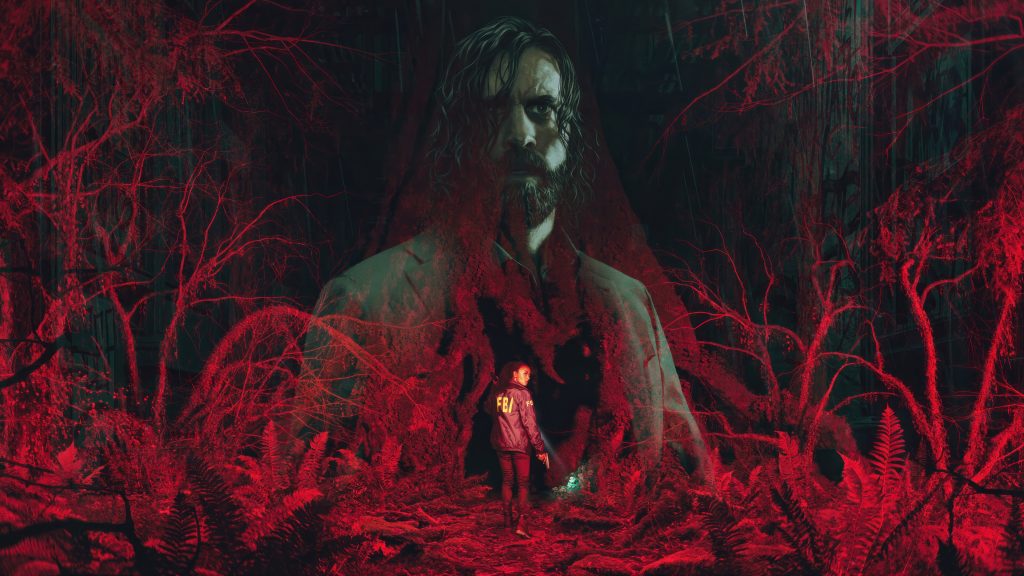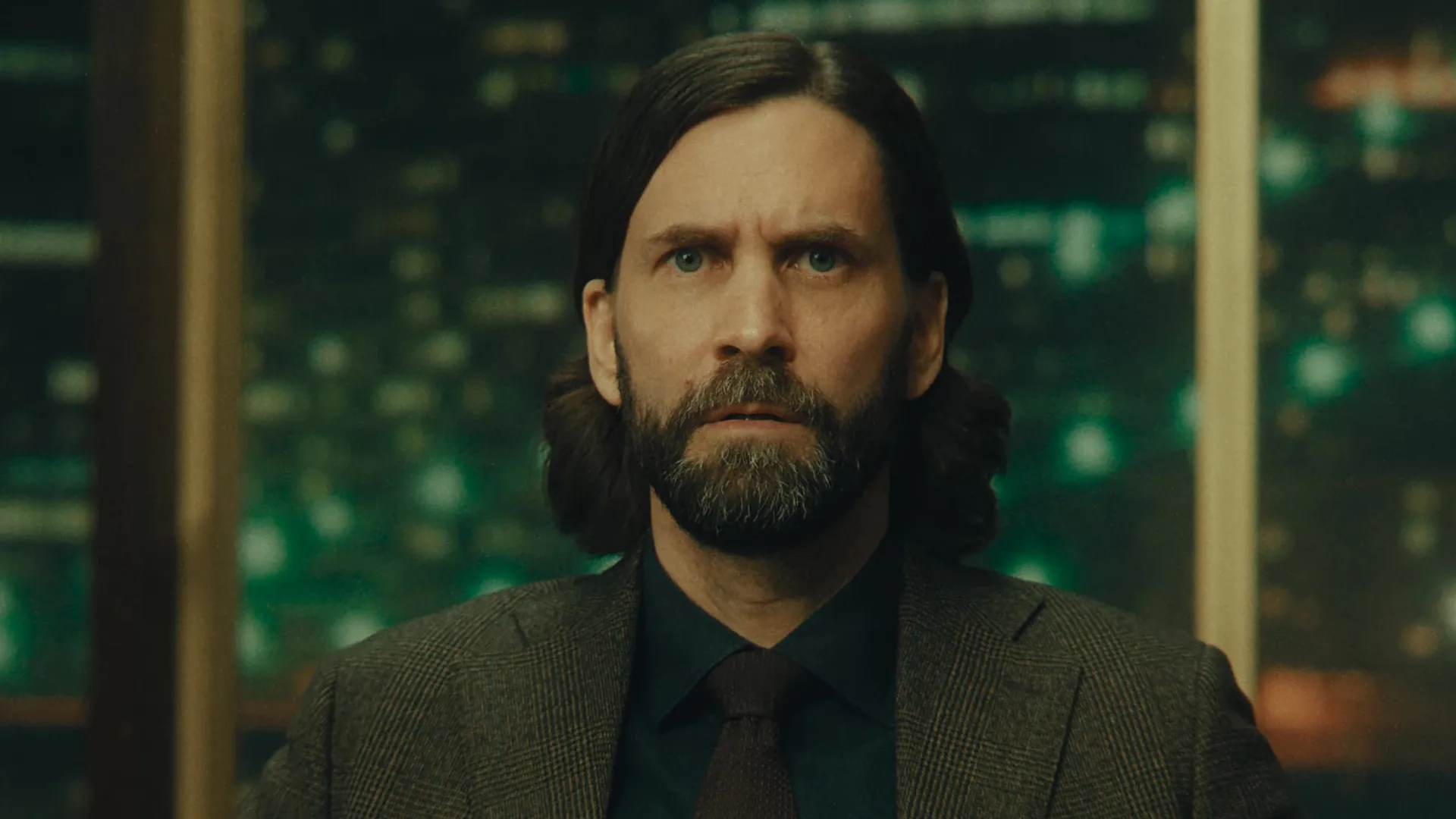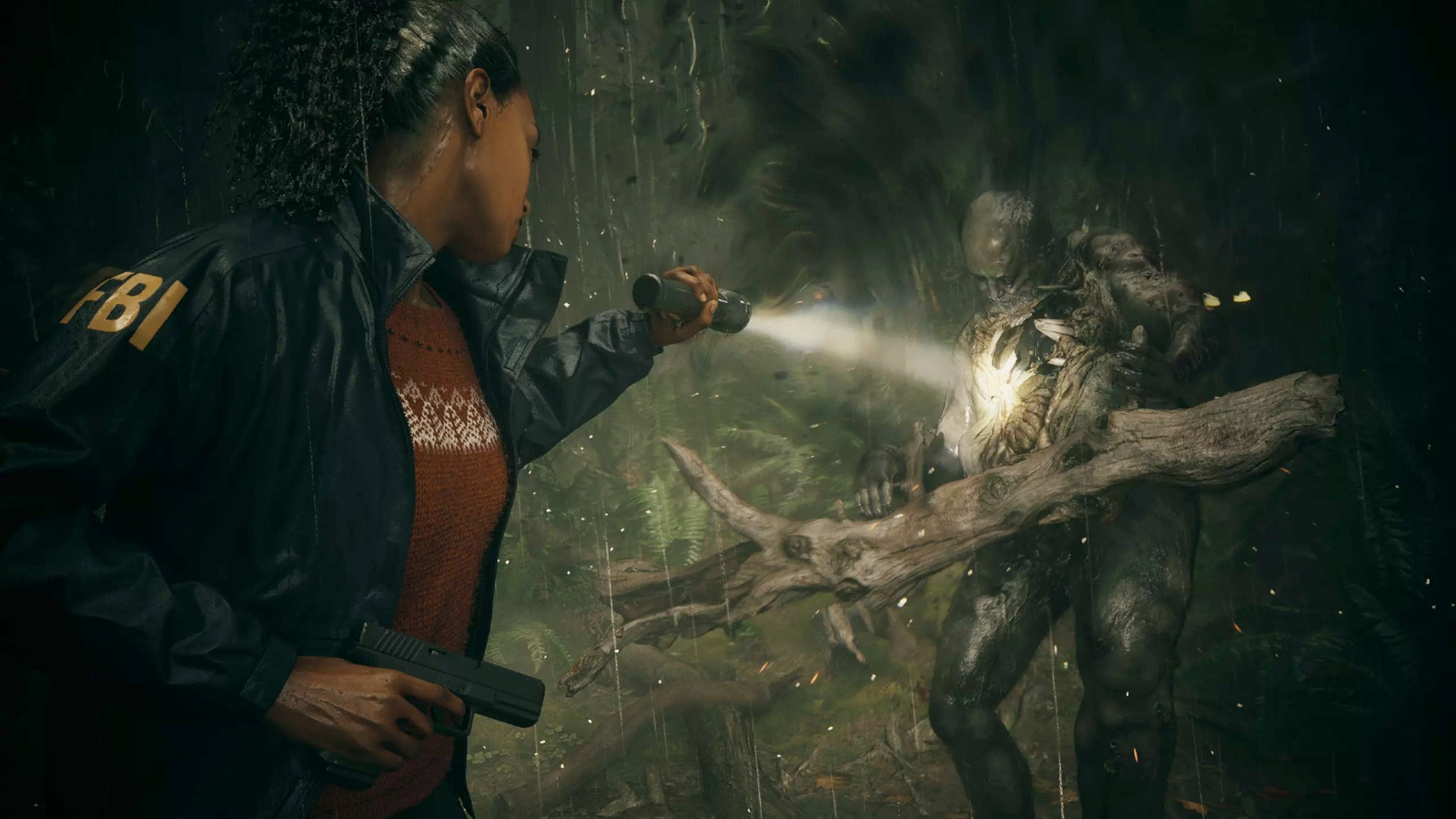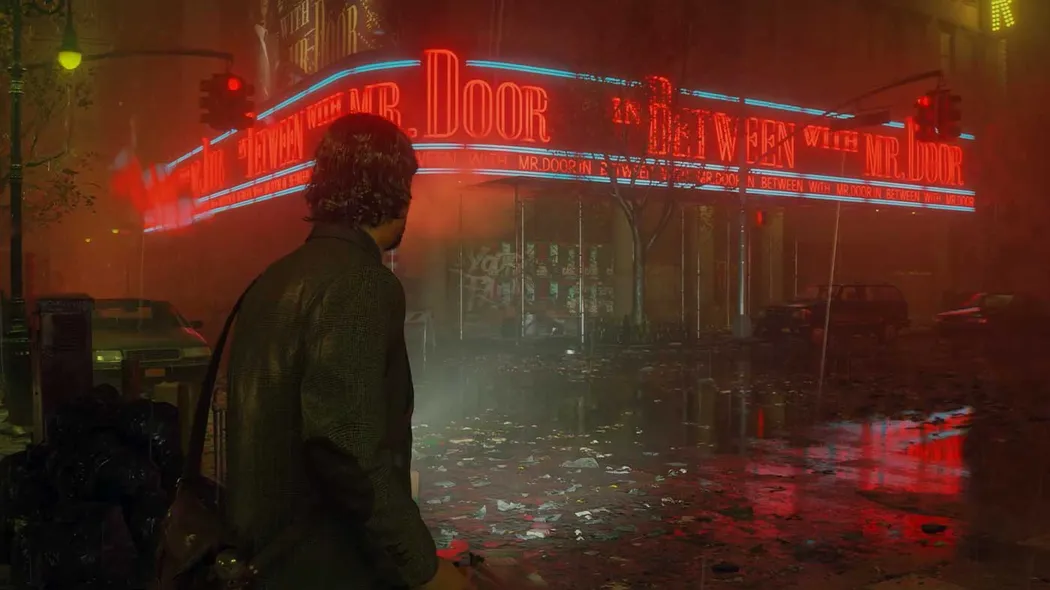
Horror drowns in symmetry when the name Alan Wake is even whispered. Wicked twins, two souls occupying one body, light and dark forming shadow, the Other Side, the Dark Place, the Upside Down. It’s part of the fear’s cascade telemetry, used by our finest horror artists to weave nightmares out of lovely dreams, carving hell from the bones of our heavens.
Alan Wake 2 is the first full-fledged third-person survival horror
Not only has Remedy Entertainment developed one of their finest games to date, but also one of the best games of this already incredible year. It is, indeed, my game of the year. Alan Wake 2, Remedy’s first full-fledged third-person survival horror, is the culmination of everything the studio has been working towards and experimenting with in terms of ideas and gameplay since Max Payne.
The original Alan Wake, launched for the Xbox 360 in 2010, had the titular character gradually getting lured into a dark mystery in the Twin Peaks-esque hamlet of Bright Falls, replete with a diner, a lamp (rather than log) woman, and a world-weary sheriff. Alan battled to get his wife back after losing her to a Dark Presence, surrendering himself to the Dark Presence in the Dark Place. (It’s somewhat… dark.) Alan learned that by writing in the Dark Place, he could make his fantasy a reality. The Dark Presence desired to shape the world in its image by utilising his abilities and inventiveness.
Or something like that. It was always a little hazy.

More freshly baked games from 2023 HERE
A new protagonist facing the Dark Place
Alan has been trapped in the Dark Place since 2010. As a result, we have a second protagonist in Alan Wake 2 to provide some realism. More twos and doubles.
Saga Anderson is well-known for being Remedy’s first Black protagonist. Those who played the original game will recognise the surname right away. Saga is an FBI agent, and she is joined by her more senior partner Alex Casey, who is virtually Max Payne: he possesses Sam Lake’s renowned jawline and scowl, as well as James McCaffrey’s weathered, whiskey-drunk voice.
Saga and Alex have arrived in Bright Falls to investigate a series of cult deaths that appear to be linked to the missing Alan Wake. However, things quickly become strange as Saga and Alex see mysterious phenomena that they cannot explain. I won’t say too much about their initial encounter, but it’s one of the most unforgettable introductions to horror I’ve ever seen. Players will quickly be able to switch between Saga and Alan.
Saga is fighting cultists and other possessed beings in the “real” world of Bright Falls. Saga must use her torch to burn away a type of black barrier surrounding foes before pumping them full of lead, as she only has a few weapons and minimal ammo. On normal difficulties, I found the adversaries to be ridiculously bullet spongy, and I found the game lot more enjoyable on the simpler “story mode.”
A 3D horror like never before
This is a survival horror game in which two or more adversaries present a challenge. You can use grenade-type weapons, although they are scarce and should usually be reserved for the most challenging boss confrontations. As Saga, you’ll fight in gorgeous woodlands, solve weird puzzles in eccentric old houses, navigate spooky fairgrounds, and so on, before being pulled into nightmare scenes for boss battles.
Saga, like Alan, seems responsive, but their dodge mechanic made me want to scream. There are no on-screen or optional warnings that an attacker is ready to strike or hit you, even if you are off-screen. This felt unjust since I occasionally ducked too early or too late. In any case, the action is crisp, fluid, and frequently sickeningly realistic, with debris flying and corpses responding to bullet punches, among other things.

The nightmare of New York CIty
Meanwhile, Alan is trapped in a nightmarish version of New York City. To escape the gloomy elements of people murmuring his name, Alan must utilise his literary abilities to rebuild the universe. The shadow aspects are not all deadly, but only after monitoring them for a long can you identify which ones will injure you – this creates a continually stressful setting because you never know which, if any, will strike.
Alan keeps his torch pointed on the shadows, who are whispering his name along with strange incantations about dreams and darkness – eerily similar to the infected floating office workers in Remedy’s previous title, Control, which is set in the same universe. (Fun fact: Alan composed the scary chant that all the office workers say.)
Alan’s nightmare New York City allows him to rewrite entire sequences in order to modify the “plot” of the scenario he’s shown. He does this in his mental writers’ room. It’s a fun mechanism since it uses Alan’s powers while also allowing you to construct the environment by mixing and combining narratives and scenes. There is new knowledge, resources, and pathways disclosed.
Meanwhile, Saga has a Mind Place where she can go whenever she wants, equipped with a red thread murder board and a coffee maker. She can keep track of suspects, evidence, and so on at this location. Saga’s psychic perception comes from her capacity to “sense” the truth beneath people’s words. Saga draws conclusions from the evidence she discovers, propelling the narrative along. It’s unfortunate that her deductions have minimal player input, but it does speed up the process.
“Twisted” visual experiences
Alan Wake 2, like Control and Quantum Break, combines live-action sequences with gameplay. However, the visuals are so impressive that it will take a time to discern between the two. Lighting, design, and art are all flawlessly executed by a team that is certain of the environment they want to create, the tale they want to tell, and the emotions they want to inspire. Alan’s New York is a horrible tribute to capitalistic pride and decay, matching Alan’s own lost years as a hotshot writer. Saga’s small-town America features trembling forests, enormous trees, and creaking cottages — all wrapped up in a sound direction that would frighten me, with unexpected jumpscares that soon cover the whole screen.
However, each “chapter” is distinct, and each set piece needs new thought. There is no way to feel grounded enough to foretell where Remedy will take you or what it expects from you. There’s a confidence in subject and plot — in strangeness — that shows a studio at the top of its game. Rarely do we see a studio given the flexibility to create out its own character in its games, especially with such high production standards and talent.

In Alan Wake 2, you’re displaced by diversity, weakened by unpredictability, and caught off guard by uncertainty
Our principal characters’ performances and direction deserve special recognition. Again, I can’t help but notice that Alan Wake is a hybrid of two actors: Ilkka Villi’s resemblance, physique, and face, and Matthew Porretta’s voice (who portrayed Dr. Darling in Control). Melanie Liburd’s Saga is a quietly confident and daring agent who runs straight into danger, quickly becoming a favourite, even if she may be very ridiculously unemotional much of the time.
During the evaluation time, I encountered a lot of issues, but Remedy assured me that they will be addressed. Most notably, interaction prompts occasionally vanished, necessitating a restart – which was often inconvenient because it required extensive retracing, including replaying difficult combat. As Alan, I also found a possibly game-breaking glitch on the PlayStation 5, which I was promised would be rectified on the first day. Aside from that, the game played flawlessly on the PS5 in both performance and quality mode, with fantastic DualSense support for both haptic input with firearms and other immersive features like rains and rivers.
In Alan Wake 2, you’re displaced by diversity, weakened by unpredictability, and caught off guard by uncertainty; it’s a wave of black design that drowns you and binds you to the expectations of survival horror. You will never feel at ease or secure.
